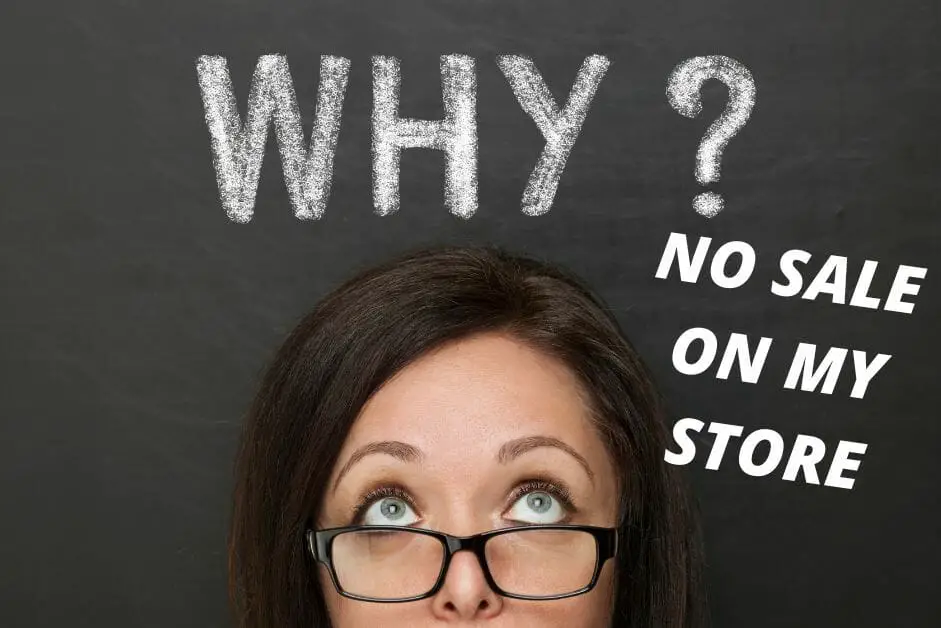Starting Online Retail Store: A Step-by-Step Guide
Do you have a product that you want to sell online? Starting an online retail store is a great way to get your products in front of more people. With the right planning and execution, you can create a successful online shop that generates a lot of revenue. In this step-by-step guide, we will discuss the important steps you need to take when starting online retail store. Let's get started!
DISCLOSURE: Some of the links that I share in this article ARE my affiliate links. This means I may earn a commission, at no extra cost to you. In fact, sometimes you'll get a discount or free credits just FOR using my link. 🙂
Setting Up Your Retail Business
Set up a company and get a sales tax ID
To set up your retail business and become a business owner, the first step is to decide on a legal structure for your business. This will determine how you file your taxes and how much liability protection you have. You will need to register your business with the government and get the necessary licenses and permits.
This is a complex decision, so be sure to do your research and talk to a professional if you're not sure which option is right for you.
Check the Regulations in Your Country or State
Be sure to check the regulations in your country before starting your online retail store. You may need to get a sales tax permit and collect sales tax on your transactions. Failure to follow the law can cause hefty fines, so it's important to do your homework before you sell.
Organize your financesret

As a business owner, you will need to have a solid financial plan in place before you start your online retail business.
This includes figuring out how much money you need to start your business (i.e. your startup costs) and how you will generate revenue. You should also create a budget for marketing and advertising expenses.
Get Funding for Your Online Retail Store
The next step is to get funding for your online shop. You will need to figure out how much money you need to start your business and where you're going to get it from. There are a few options for funding your business, including loans, credit cards, and crowdfunding.
When I started my business years in 2014, I had used about USD$1000 of my own money, which was the book prize money I won from my translation certificate course. Nowadays, it probably takes more to get started depending on the types of product you sell.
Which domain name will you use?
Your domain name is your online identity. It's how people will find you on the web, so it's important to choose a good one. Try to keep it short, memorable, and relevant to your business. You can use Namecheap to register your domain name.
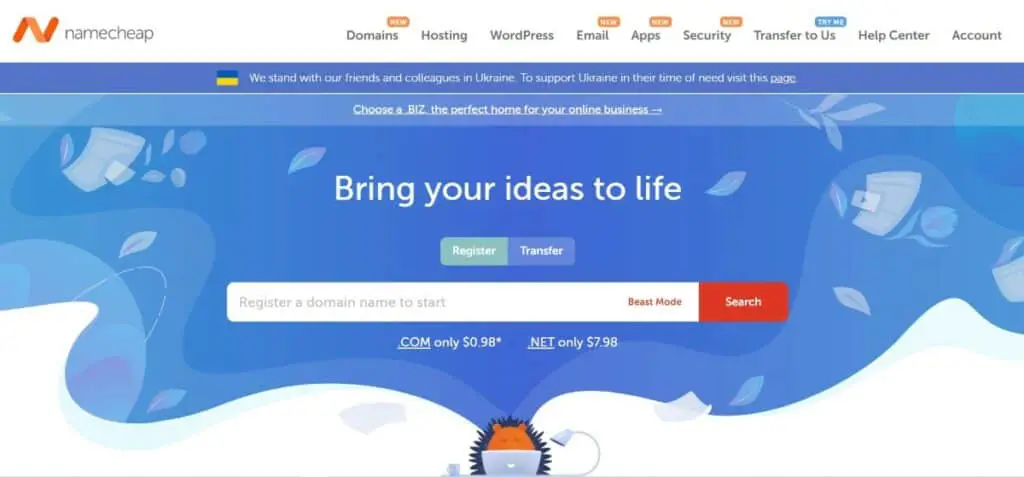
Conduct Market Research – Find a Market Need to Fill
The next step is to conduct market research and find a need that you can fill with your products. Take some time to identify your target market and figure out what they're looking for. Once you've done this, you can start creating your product line.
Define Your Target Audience and Get to Know Your Target Audience

Once you've conducted market research, you need to define your target audience. This includes figuring out who your ideal customer is and what they're looking for.
You should also create buyer personas for your target audience.
Starting online retail store: Write a Business Plan

Now that you've done your research, it's time to write a business plan. A business plan is a roadmap for your business. It will help you figure out where you're going and how you're going to get there.
This document will outline your business goals, strategies, and financial projections. Be sure to include a marketing plan and budget in your business plan.
I don't like to over-complicate things, so I like to start with a one page business plan to keep it organized and just to jot down the main ideas. This will help you focus on the most important aspects of your business. You can always expand it later.
Which products to sell online?
Now that you've defined your target audience and conducted market research, it's time to source which products you're going to sell online.
Choose the Right Products to Sell
When you're starting an online retail business, it's important to choose the right products to sell. Be sure to choose products that your target market is interested in and that you're passionate about. You should also make sure that your product line is diversified. This will help you appeal to a wider range of customers and make more sales.
Evaluate Product Viability
Once you've chosen or developed your products, it's important to evaluate their viability. Make sure that your products are of high quality and that they meet the needs of your target market. You should also make sure that your product pricing is competitive.
You can use the following criteria to evaluate your product viability:
– Does this product solve a problem that my target market has?
– Is this product unique or differentiated in some way?
– What is the quality of this product?
– How much does this product cost to produce?
– What is the price point of this product?
– Can I get enough profit margins?
If you can answer yes to all these questions, then you have a viable product that you can sell online.
Find and/or Develop Products
You can either find or develop products you can sell online. If you're selling physical products, you can either make or develop your own products or source them from suppliers who can dropship, wholesalers, or manufacturers.
What is the difference between dropshipping suppliers, wholesalers, or manufacturers?
Dropshipping suppliers are manufacturers or distributors who ship products directly to your customers on your behalf. Wholesalers are suppliers who sell products in bulk at a discounted price while manufacturers produce products themselves.
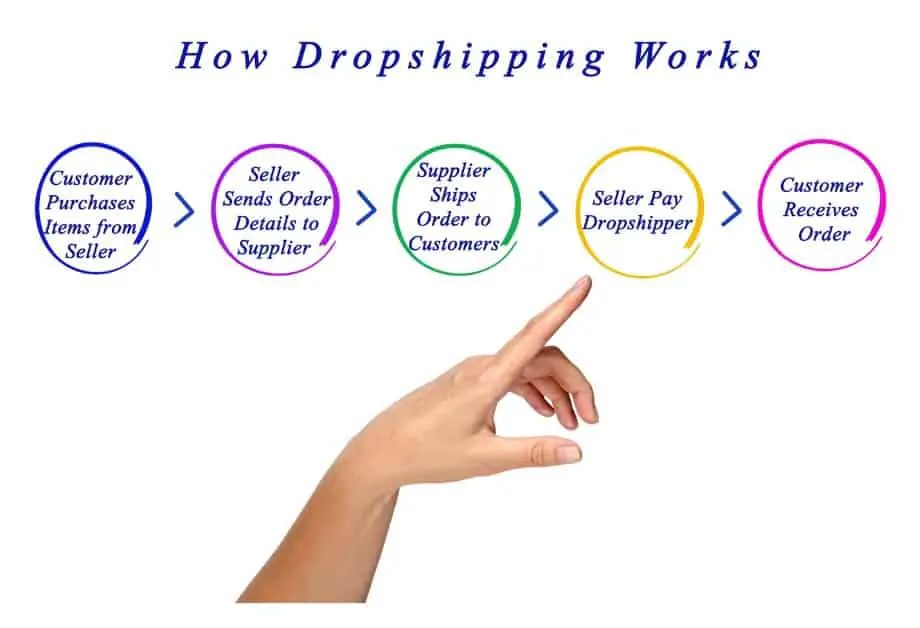
How to find dropshipping suppliers, wholesalers, or manufacturers?
There are a few ways to find dropshipping suppliers, wholesalers, or manufacturers. You can use Google to search for them or you can use directories like Alibaba and Global Sources. You can also attend trade shows to meet suppliers in person.
Once you've found potential suppliers, be sure to vet them carefully before moving forward. You'll want to make sure they're reputable and that you're getting a good price for your products.
Establish relationships with vendors and suppliers

You'll need to establish relationships with vendors and suppliers. This includes finding a supplier who can provide you with the products you want to sell at a good price.
You should also create vendor agreements that outline the terms of your relationship.
If you're selling digital products, you'll need to create them yourself or commission someone to create them for you. Alternatively, you can also use PLR (private label rights) products. These are digital products that you can resell as your own.
What is the best pricing strategy for your products?
Once you've sourced your products, you'll need to figure out how to price them. There are a few things to consider when pricing your products, including your cost of goods, shipping costs, and any taxes that may apply. You'll also want to make sure your prices are competitive.
There are a few pricing strategies you can use, including keystone pricing, loss leader pricing, and bundle pricing.
Keystone Pricing: This is when you mark up your products by 100% to cover your costs and make a profit.
Loss Leader Pricing: This is when you price products below your cost to attract customers and get them in the door.
Bundle Pricing: This is when you bundle multiple products together and sell them at a discount.
Choose the pricing strategy that makes the most sense for your business and your products.
Once you've chosen your pricing strategy, it's time to set up your online shop. You'll need to choose a platform, set up your payment gateway, and start listing your products.
Which is Better: Opening Online Store or Marketplace?
When you're starting an online business, one of the first decisions you'll need to make is whether to open your online store or sell on an established marketplace such as Amazon or Etsy. There are a few key differences between these two options that you'll need to consider before making your decision.
The Pros and Cons of Starting Your Own Online Store
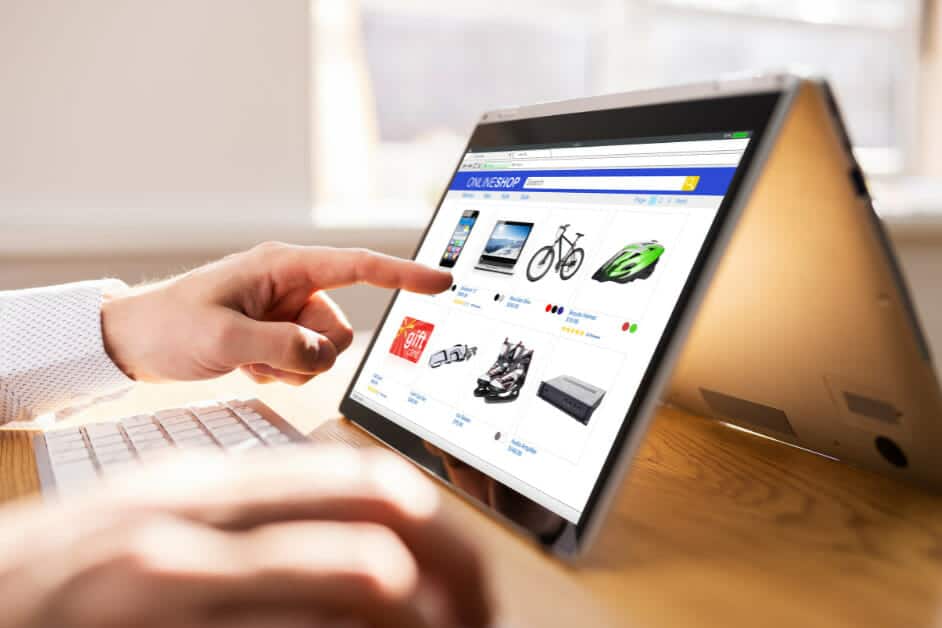
The Pros:
– You have complete control over your store, from the design to the products you sell.
– You can build your brand and create a unique customer experience.
– You're not limited by the marketplace's rules and regulations.
The Cons:
– You're responsible for all aspects of your store, from marketing to customer service.
– You'll need to invest time and money into developing your store and getting traffic to your store.
The Pros and Cons of Selling on an Existing Marketplace
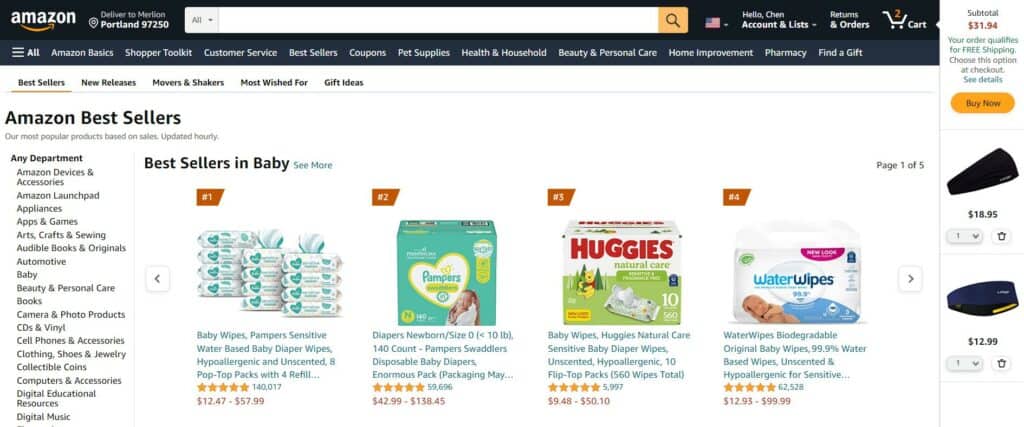
The Pros:
– You can get started quickly and without a large investment.
– You'll have access to a built-in customer base and traffic from the marketplace.
– You can benefit from the marketplace's branding and marketing efforts.
The Cons:
– You're subject to the marketplace's rules and regulations.
– Fees can eat into your profits.
– You may have difficulty standing out from the competition and you may end up competing base on price which is a downward spiral.
So, which option is right for you? The answer depends on your specific business goals and needs. If you want complete control over your store and will invest the time and money into developing it, then starting your online store may be the right choice. However, if you're looking to get started quickly and without a large investment, then selling on an existing marketplace may be a better option.
I started my online business by selling on the Amazon marketplace and then I started my online store for branding not long after that. With Shopify, you can easily link up the two and fulfill them by Amazon.
No matter which route you decide to go, there's no right or wrong answer. The most important thing is that you choose the option that's best for your business.
Starting online retail store: Build Your Online Retail Store
Once you have your business set up, it's time to think about your online store. You will need to choose a platform, design your website, and set up your payment processing. These are all important decisions that will have a big impact on your business, so be sure to take your time and make the best choices for your company.
Choose the Right eCommerce Platform
The next step is to choose the right platform for your ecommerce business. This is a critical decision because it will determine how easy it is for you to run your store and how well your store performs. There are a lot of options out there, so be sure to do your research and choose the platform that's right for you.
Factors to consider when choosing an eCommerce platform
– Ease of use: The platform should be easy for you to use, even if you're not a tech expert.
– Scalability: The platform should be able to grow with your business.
– Features: The platform should have all the features you need to run your store, such as product pages, shopping carts, and order management.
– Cost: The platform should be affordable for your business.
I recommend using Shopify for eCommerce stores because it ticks all those boxes. It's easy to use, even if you're not a tech expert, and it has all the features you need to run your store. Plus, it's scalable, so it can grow with your business, and it's affordable.
You can check out my previous post How to Create an Ecommerce Website With Shopify (Simple and Easy Steps) to learn how you can use Shopify to set up your ecommerce store.

Create an Account with an Ecommerce Platform
Now that you've chosen your platform, it's time to create an account and start setting up your store. The process will vary depending on the platform you're using, but in general, you'll need to provide some basic information about your business and then choose a design for your website.
If you're using Shopify, the first step is to create an account. You'll need to provide your email address, create a password, and then choose your plan. Once you've done that, you can start setting up your store.
Creating Your Online Store
Now it's time to create your online store. You will need to design your website and add products. These are just a few of the important decisions you'll need to make when setting up your store.
Define Your Brand and Image
Your brand sets you apart from your competitors. It's how you position yourself in the market and it's what your customers will remember you by.
Think about what kind of image you want to project to your target market. Do you want to be seen as a luxury brand or a budget-friendly option? Once you've decided on your brand image, be sure to create a consistent look and feel for your online store. This includes things like your logo, color scheme, product photos, and website design.
Design your site for sales

Your website should be designed with one thing in mind: making sales. Every element on your site should be focused on helping you convert visitors into customers.
Some things you'll need to consider are:
– The layout of your site: The layout of your site should be easy to navigate and focused on conversion. Visitors should be able to find what they're looking for quickly and easily.
– The design of your site: The design of your site should be professional and consistent with your brand image. Keep your website design clean and simple. Too much clutter will confuse and overwhelm visitors, making it less likely they'll make a purchase.
– Mobile responsiveness: More and more people are doing online shopping on their mobile devices, so it's important that your site displays correctly for mobile devices. This means your site should be easy to navigate and load quickly on all devices.
– The products you sell: Make sure you're selling products that people want to buy.
– Your calls to action: Your calls to action should be clear and focused on conversion.
If you use Shopify, you can use themes to help you create a beautiful and conversion-focused website. You can either choose a free themes and a premium theme for your store and then customize the theme settings, which is very easy to do in Shopify.
Add Products, Photos, and Copy
Once you've designed your website, it's time to add products. When adding products, be sure to include high-quality photos and persuasive copy. Remember, the goal is to make sales, so every element on your site should be focused on that.

– Use high-quality product photos: Product photos are one of the most important elements on your website. They should be clear, professional, and enticing.
To write persuasive product copy, consider using these tips:
– Write for your target market: Write copy that appeals to your target market. Use the language they use and focus on the benefits of your products.
– Use strong calls to action (CTAs): Encourage visitors to buy your products with strong calls to action.
– Be clear and concise: Keep your copy clear and concise. Too much text will overwhelm visitors and make it less likely they'll make a purchase.
Create a Product Catalog
Once you've selected the products you're going to sell, you need to create a product catalog. This is a document that lists all your products and their details. Be sure to include high-quality photos of your products in your catalog.
You can use an online service like Shopify to create an online product catalog.
How will you fulfill the orders?
Add Shipping Methods
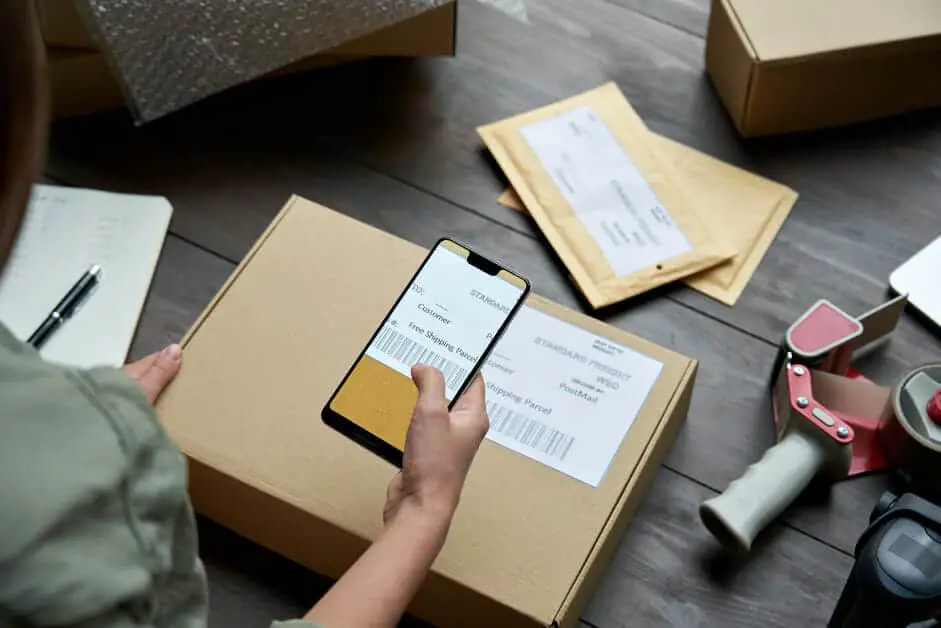
If you're selling physical products, you'll need to decide how you're going to send your orders and how much you're going to charge for shipping. You'll need to add shipping methods to your website.
There are a few different ways to ship orders:
– You can use a fulfillment service like Shopify's or Amazon's Fulfillment Service. This is a good option if you don't want to deal with the hassle of shipping orders yourself.
– You can use a drop shipper. This is a company that will ship your orders for you.
– You can ship orders yourself. This is a good option if you have a few orders.
Some things you'll need to consider are:
– Shipping rates: Make sure you understand the shipping rates associated with each shipping method.
– Delivery time: Consider how long it will take for your products to be delivered.
– Ease of use: Consider how easy it is to use each shipping method. You'll want something easy to set up and use.
Once you've decided how you're going to ship your orders, you need to set up your shipping options in your online store.
– If you're using a fulfillment service, you'll need to create an account and enter your shipping information.
– If you're drop shipping, you'll need to contact the drop shipper and get their shipping information.
– If you're shipping orders yourself, you'll need to enter your shipping information in your online store.
How will customers pay you?
You need to offer different payment methods so your customers can pay you. Some of the most popular payment methods are:
– Credit cards
– Debit cards
– PayPal
– Apple Pay
– Google Pay
You need to decide which payment methods you're going to offer and set them up in your online store.
If you're using Shopify, you can use Shopify Payments to accept credit cards.
You can also use a third-party payment processor like PayPal or Stripe.
Once you've decided on your payment methods, be sure to add them to your online store.
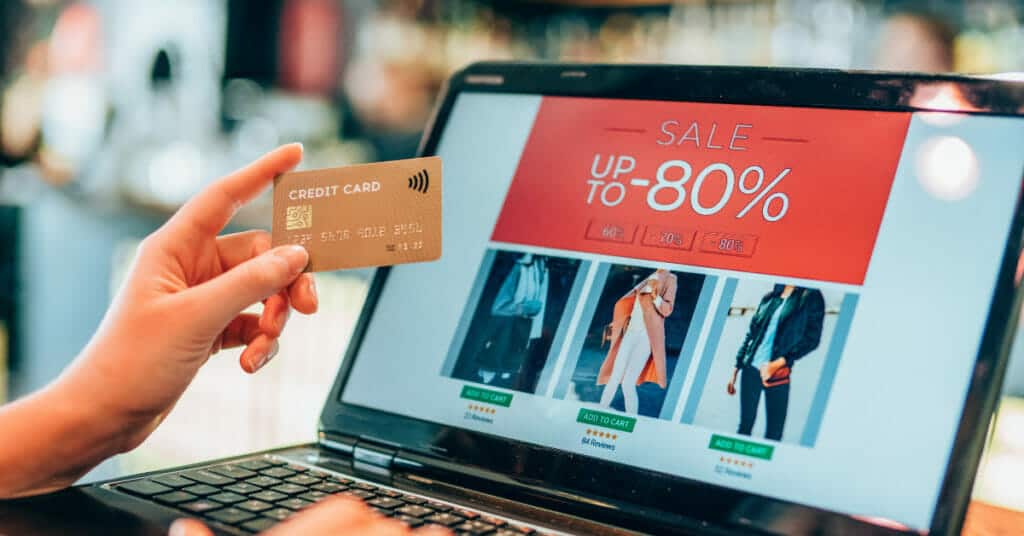
To accept payments online, you will need to sign up for a payment gateway. There are many options available, so be sure to do your research and choose the one that's right for you.
Some things you'll need to consider are:
– Fees: Make sure you understand the fees associated with each payment gateway.
– Security: Choose a payment gateway that offers secure transactions.
– Ease of use: Consider how easy it is to use each payment gateway. You'll want something easy to set up and use.
Some of the common payment gateways are:
– PayPal
– Stripe
– Authorize.net
– Amazon Payments
Once you've chosen a payment gateway, you'll need to sign up for an account, add your bank account information and add them to your online store.
If you're using Shopify, you can use Shopify Payments to accept credit cards.
Once you've decided on your payment methods, be sure to
Setting up the Shopping Cart
The next step is to set up the online shopping cart. This is the software that will power your online store and allow customers to add products to their cart and checkout.
There are many online shopping carts available, so be sure to do your research and choose the one that's right for you. The following are some things you should consider:
– Fees: Some online shopping carts charge monthly or transaction fees. Make sure you understand the fees associated with each one.
– Ease of use: Consider how easy it is to use the online shopping cart software. You'll want something that's easy to set up and use.
– Compatibility: Make sure the shopping cart is compatible with your payment processor and web host.
If you use Shopify, all these are taken care of for you.
Make a Test Purchase
Once you've set up your online shopping cart, it's time to test it out. Make a test purchase and go through the entire checkout process. This will help you identify any problems with your website or online shopping cart.
You should check with your payment processor provider on how this test purchase can be done. For example, Stripe provides certain test credit card numbers to be used for test orders so that you won't actually be charged for the test orders.
Be sure to test all of the following:
– Adding products to the cart
– Calculating shipping
– Applying coupons or discounts
– Checking out
– Making a payment
After you've made your test purchase, check your email to make sure you received an order confirmation. Then, log in to your account and check the order details to make sure everything is correct. Finally, go to your bank account and make sure the payment was processed correctly.
Where to store the products?

If you're selling physical products, you'll need to decide where to store them. It is quite common that at the beginning of selling online, you would start with storing the products in your own home.
But as you get more orders, you may need to consider renting a storage space or using a fulfillment service.
You should consider the following when renting a storage space:
– Price: Make sure you understand the fees associated with each storage option.
– Location: Consider where your products will be stored. You'll want to choose a location that's close to your target market.
– Security: Choose a storage option that offers secure transactions.
– Ease of use: Consider how easy it is to use each storage option. You'll want something easy to set up and use.
A fulfillment service is a company that stores your products, picks, packs, and ships your orders for you. This can be a great option if you don't have the space to store your products or if you don't want to deal with the hassle of packing and shipping orders yourself.
Some of the common options are:
– Fulfillment by Amazon (FBA)
– Fulfillment by Shopify
– Shipwire
– Floship
Some things you'll want to consider when choosing a fulfillment service are:
– Location: Choose a fulfillment service that's near your target market. This will help reduce shipping costs and time.
– Services: Make sure the fulfillment service offers the services you need, such as order tracking, returns processing, and customer service.
– Costs: Be sure to understand the costs associated with using a fulfillment service. This can include monthly fees, per-order fees, and shipping costs.
How to attract potential customers?
Now that you have your online store set up, it's time to attract potential customers.
Create a Marketing Plan

You should create a marketing plan that outlines how you will reach your target audience. Your marketing plan should:
– Set goals: Determine what you want to achieve with your marketing efforts.
– Identify your target audience: who are you trying to reach?
– Research your competition: What are other businesses in your industry doing to reach their target audiences?
– Choose your marketing channels: Which channels will you use to reach your target audience?
– Create a budget: How much money are you willing to spend on marketing?
– Set a timeline: When do you want to achieve your marketing goals?
Start driving traffic
Now that you've added products, it's time to drive traffic to your site. There are several ways to do this, including organic and paid methods:
Organic methods
– SEO which stands for search engine optimization: This is the process of optimizing your site for Google search by using keywords throughout your website to help potential customers find you when they're searching online. You can use keyword research tools to find those keywords used by customers.
– Social media marketing: Use social media platforms like Facebook, Twitter, and Instagram to promote your products. You can live stream through social media to sell your products, which is very popular nowadays.

– Content marketing: Write blog posts, create videos, or offer downloadable resources that help potential customers learn more about your products or services.
– Email marketing: Send newsletters, coupons, or other promotional materials to potential customers to encourage them to buy from you. I recommend using MailerLite for this.
– Word-of-mouth marketing: This is when people tell their friends and family about your business. You can generate Word-of-mouth marketing by providing great customer service or creating viral content that people will share with their friends.
Paid methods
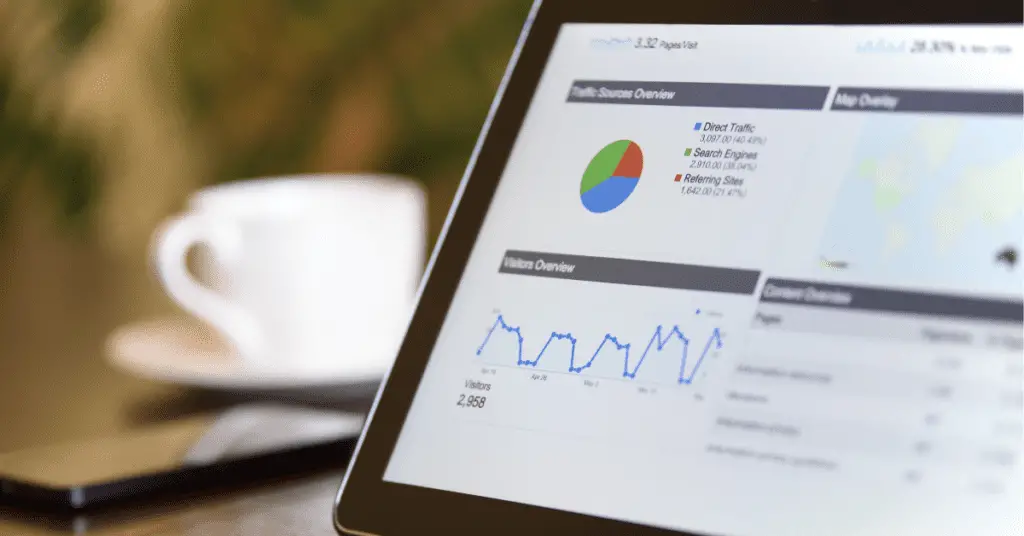
– Advertising: Place ads on Google, Facebook, or other websites to reach potential customers.
– Offer a referral program: Give your customers a discount or other incentive for referring new customers to your business.
– Offline marketing: This can be a great way to reach potential customers who might not be online.
– Advertising in newspapers or magazines
– Sponsoring a local event
– Distributing flyers or coupons in your area
– Hosting a grand opening event
You'll want to experiment with different marketing strategies to see what works best for your business. And be sure to track your results so you can continue to improve your marketing efforts over time. By following these steps, you can launch your online retail store and start attracting customers.
Maintaining the Business
Once you've launched your online retail store and started making sales, it's important to maintain your business. This includes:

– Fulfilling orders: Make sure you fulfill orders promptly and accurately.
– Providing customer service: Respond to customer inquiries in a timely and professional manner.
– Updating your products: Keep your product descriptions and photos up-to-date.
– Marketing: Continue to promote your products and business. Try new marketing strategies and track your results.
Other considerations: Is your business cross-border proof?
When you're selling online, it's important to make sure your business is cross-border proof. This means your business can sell to customers in other countries.
There are a few things to consider when making your business cross-border proof:
– Shipping: Can you ship products to other countries? If so, how much will it cost?
– Customs and import taxes: Will your customers have to pay customs or import taxes when they receive their products?
– Language: Can you translate your website and product descriptions into the language of your target market?
– Currency: Can you accept payments in the currency of your target market?
If you can answer yes to these questions, then you're on your way to making your business cross-border proof. By selling to customers in other countries, you can significantly grow your business.
When you're first starting, it's important to keep things simple. Don't try to sell to too many markets or offer too many products. Start with a small selection of products and target one or two countries. Then, as you grow your business, you can expand your offerings and sell to more customers in more countries.
Conclusion
There are a lot of details involved in starting online retail store. But with careful planning and execution, you can create a successful business. Just follow the steps in this guide, and you'll be on your way to success.
If you're ready to start your own online retail store, I recommend using Shopify. With Shopify, you can create a professional-looking website in a day, and they offer a wide range of features that make online selling easy. Plus, their support team is available 24/7 to help you with any questions or issues you may have. So sign up for Shopify trial today!




